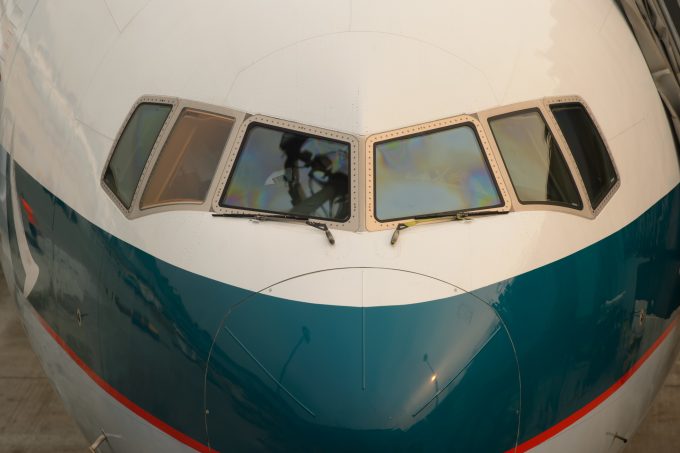No summer siesta for airfreight
Traditionally, air cargo spot rates tend to decline or remain flat at best during H1, ...

Forwarders, scarred by 2017’s heady demand, may be block-booking air freight space for the second half of the year, but the pace of growth is slowing.
IATA today predicted that growth would be just 2% in the third quarter, down from 4% in the first half.
However, this month and early July could prove to be slight exceptions to the slowdown. The grounding of 11 Nippon Cargo Airlines freighters is thought to have helped send transpacific rates to their highest point this year.
According to the TAC Index, rates from Hong Kong to North America have breached the $4/kg mark and are currently at about $4.09.
While Atlas Air has taken over some of NCA’s operation, and is no doubt increasing utilisation of its own aircraft, the freighter grounding is likely to have an upward effect on rates.
There is also anecdotal evidence that some shippers are looking to get their goods across the Pacific before the opening battle of the US-China trade war on July 6.
Many in the industry believe the tariff war, outside of a possible flurry of goods looking to get to market before the deadline, will not affect air freight overall, however.
Wilson Kwong, managing director of Hong Kong’s air cargo terminal HACTL, told The Loadstar that while businesses remained concerned, the effect on total trade could be minimal.
“No one wants tariffs, they are bad for everyone. I hope it’s all talk,” he said. “But I would expect to see a change of trade routes, rather than the collapse of trade.
“We are seeing a stronger trade route between China and Russia , for example; maybe other countries will look to buy Chinese goods too”
IATA, which typically has the most gloomy of the analyst outlooks, said it could envisage healthy short-term demand.
“Ongoing economic momentum, particularly strong consumer confidence, and further signs of bottlenecks in global supply chains, should continue to support demand for air freight in the near term.”
But it warned that the signs showed that the “best of the upturn” is over.
It cited a “pick-up in protectionist measures” that would likely slow world trade and, in combination with the end of the inventory re-stocking cycle, freight tonne km growth would fall.
Yesterday, the US published figures showing consumer confidence dipped this month following a stronger May. This is likely due to weak relations with China and other trading partners. In addition the Purchasing Manufacturers’ Index survey revealed weaker output and order book growth, as it fell to a 21-month low.
On the plus side, there has been far higher utilisation on widebody freighters, which have risen to about 11 hours a day for the first time since 2012.
“Increased utilisation of freighter aircraft will help to reduce average costs, and to partly offset upward pressure on operating costs from rising fuel prices,” said IATA.
Despite the gloom for airlines, Nelson Chin, general manager Cathay Pacific Cargo, said this morning that he was “cautiously optimistic”.
Noting “greater demand on both intra- and inter-trade between Asia and the rest of the world”, he added that Cathay had had more freighter charters this year than the same period last year.
“While there are question marks on whether oil prices will continue to increase, or if the trade dispute will move beyond primary and non-finished consumer goods, speaking to our customers there remains a general sense that the market will improve as we move into the traditionally stronger half of the year.”
Comment on this article